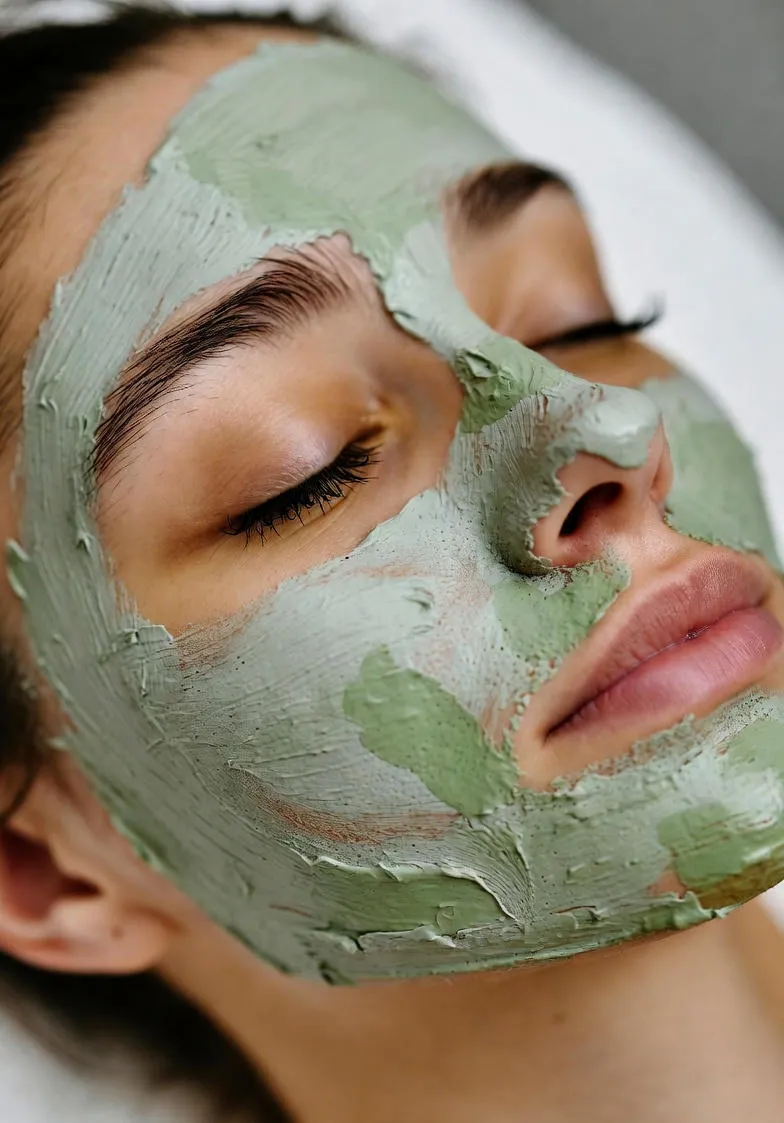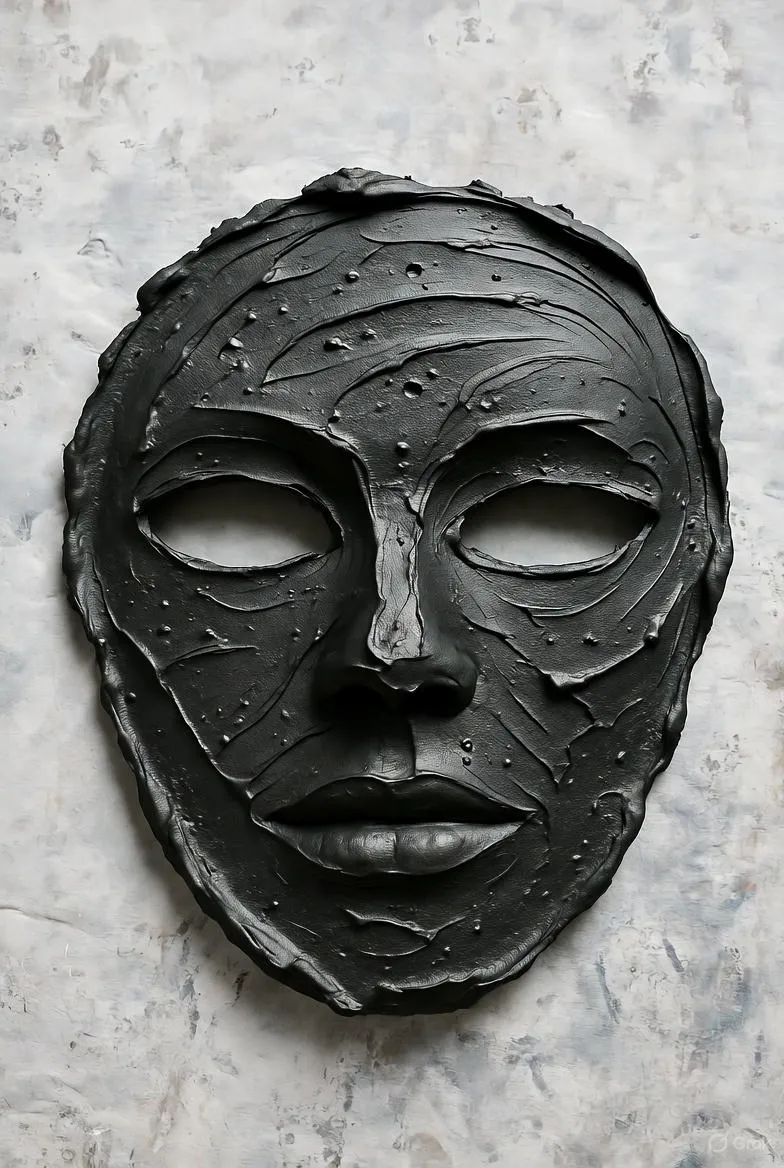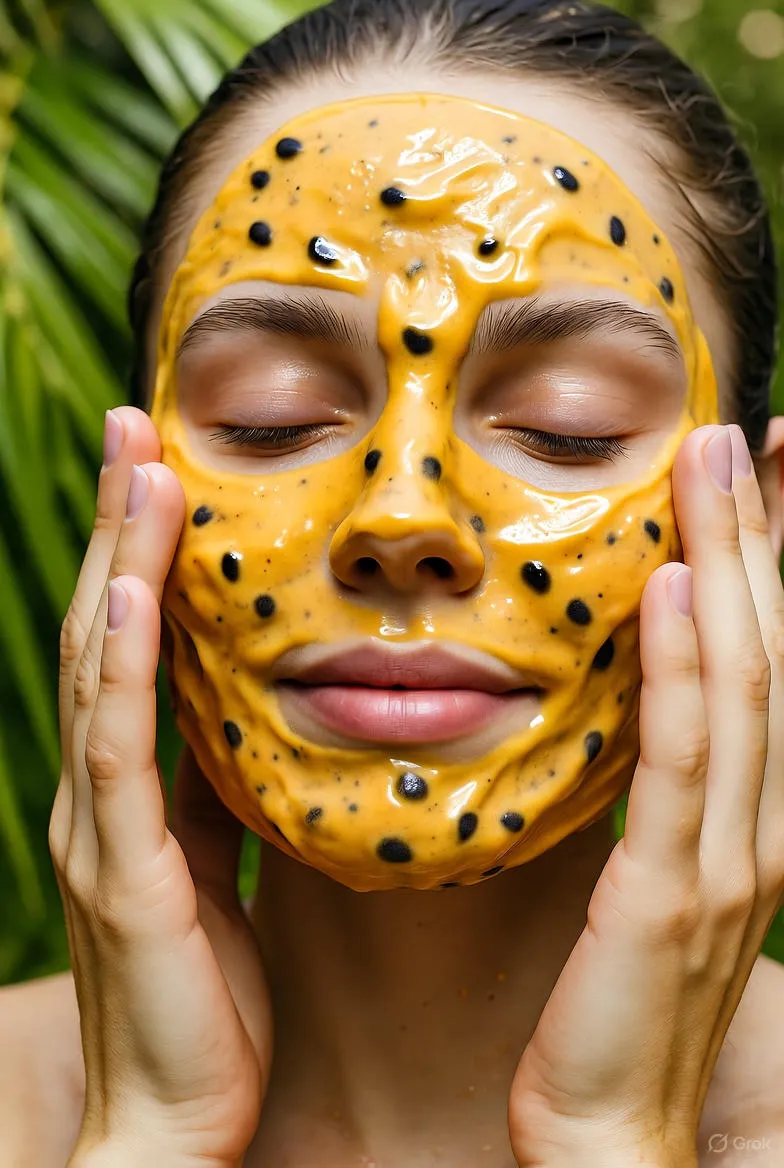Unlock Radiant Skin: The Power of Clay Mineral Face Masks for Deep Absorption
Discover the transformative benefits of clay mineral face masks for superior skin absorption. Learn types, recipes, and tips for detoxifying oily, acne-prone skin naturally.

Introduction to Clay Mineral Face Masks
Clay mineral face masks have been a staple in skincare routines for centuries, revered for their natural ability to purify and rejuvenate the skin. Derived from the earth's richest minerals, these masks harness the absorbent properties of various clays to draw out impurities, excess oil, and toxins without stripping the skin of its natural moisture. In today's fast-paced world, where environmental pollutants and daily stressors take a toll on our complexion, clay masks offer a simple yet effective solution for achieving clearer, more balanced skin.
What sets clay mineral face masks apart is their targeted absorption mechanism. Unlike chemical-laden products, they work gently yet powerfully, binding to dirt and sebum like a magnet. This article delves deep into the science behind their absorption prowess, explores different types of clays, and provides practical tips for incorporating them into your routine. Whether you're battling oily skin, enlarged pores, or just seeking a weekly detox, understanding the magic of clay minerals can transform your skincare game.
The Science Behind Absorption in Clay Masks
At the heart of every clay mineral face mask is its remarkable adsorptive quality—a process where clay particles attract and hold onto impurities on a molecular level. Clays are composed of fine-layered silicates rich in minerals like magnesium, calcium, and iron. These layers expand when wet, creating a vast surface area that captures toxins, heavy metals, and excess oils from the skin's surface and pores.
Adsorption differs from absorption in that it involves surface binding rather than soaking up substances internally. This makes clay masks ideal for surface-level cleansing without penetrating too deeply, which could disrupt the skin's barrier. Studies in dermatology highlight how bentonite clay, for instance, can absorb up to 700% of its weight in water and oils, effectively mattifying the skin while leaving it feeling refreshed.
The process begins the moment the mask is applied: as it dries, it contracts, pulling impurities to the surface. This contraction also stimulates blood flow, promoting a healthy glow. For those with acne-prone skin, this deep-cleaning action reduces bacterial buildup, preventing breakouts and inflammation.
Popular Types of Clay Minerals and Their Absorption Benefits
Not all clays are created equal; each type offers unique absorption profiles tailored to specific skin needs. Here's a closer look at the most effective ones:
- Kaolin Clay: The gentlest option, kaolin is perfect for sensitive or dry skin. Sourced from white clay deposits, it absorbs oils mildly while infusing the skin with silica for a smoother texture. Its low absorption rate makes it less drying, ideal for beginners.
- Bentonite Clay: Known for its super-absorbent powers, bentonite swells dramatically when hydrated, making it a powerhouse for oily and combination skin. It excels at detoxifying by binding to heavy metals and toxins, often used in professional facials for its swelling action that unclogs pores.
- French Green Clay (Illite): Rich in montmorillonite, this clay absorbs impurities while delivering antioxidants from its natural green hue. It's excellent for balancing sebum production and reducing inflammation, suitable for normal to oily skin types.
- Rhassoul Clay: From Morocco's Atlas Mountains, rhassoul is prized for its high silica and magnesium content. It absorbs excess oil without over-drying and conditions the skin, making it a favorite for mature or dehydrated complexions seeking gentle purification.
- Fuller's Earth (Multani Mitti): This versatile Indian clay is a master absorber of oils and sweat, often used for sun-exposed skin. Its high mineral content soothes irritation while tightening pores for a refined appearance.
Choosing the right clay depends on your skin type—oily skins benefit from stronger absorbers like bentonite, while sensitive ones thrive with kaolin. Mixing clays can customize absorption levels for personalized results.
Key Benefits of Using Clay Mineral Face Masks
Beyond mere cleansing, clay masks deliver a multitude of benefits that contribute to long-term skin health. Their absorption capabilities address common concerns like oiliness and congestion, but the perks extend further.
First, they promote detoxification. In an era of urban pollution, clay acts as a natural chelator, removing environmental toxins that accumulate in pores. This leads to fewer blackheads and whiteheads, fostering a clearer complexion.
Second, absorption helps regulate sebum production. By drawing out excess oil, clay masks train the skin to produce just the right amount, reducing shine throughout the day. This is particularly beneficial for those with T-zone oiliness.
Third, they enhance product efficacy. A clay mask preps the skin by clearing pathways, allowing serums and moisturizers to penetrate deeper. Think of it as priming a canvas for better absorption of active ingredients.
Additionally, the minerals in clays nourish the skin. Kaolin provides gentle exfoliation, while rhassoul boosts elasticity with its magnesium. Regular use can even improve skin tone, fading hyperpigmentation over time.
For anti-aging, the tightening effect during drying temporarily reduces fine lines, and consistent use strengthens the skin's structure. Many users report a brighter, more even complexion after just a few applications.
How to Incorporate Clay Masks into Your Skincare Routine
Integrating clay mineral face masks doesn't require overhauling your routine—start simple and build from there. Aim for 1-2 times weekly to avoid over-drying, especially if your skin is on the drier side.
Begin with a clean face: double cleanse if needed to remove makeup and sunscreen. Mix your chosen clay powder with water, apple cider vinegar, or hydrosols for added benefits—honey for moisture, tea tree oil for acne-fighting.
Apply a thin, even layer, avoiding the eye area. Let it dry for 10-15 minutes; the telltale sign is when it lightens in color. Rinse with lukewarm water, massaging gently to exfoliate dead skin. Follow with a toner, serum, and moisturizer to lock in hydration.
For enhanced absorption, use a facial steamer beforehand to open pores, or incorporate into a spa night with gentle music and dim lights. Spot-treat problem areas like the chin or forehead for targeted results.
DIY Clay Mask Recipes for Home Use
Creating your own masks is empowering and cost-effective. Here are three easy recipes:
- Oil-Control Mask: Mix 2 tbsp bentonite clay with 1 tbsp apple cider vinegar and 1 tsp aloe vera gel. Apply for oily T-zones; its absorption tackles shine without tightness.
- Detox Brightener: Combine 1 tbsp French green clay, 1 tbsp yogurt, and a squeeze of lemon juice. The yogurt balances absorption with lactic acid for gentle brightening.
- Soothing Hydrator: Blend 2 tbsp rhassoul clay with rose water and a dash of chamomile tea. Ideal for sensitive skin, it absorbs impurities while calming redness.
Store extras in airtight jars in the fridge for up to a week. Experiment with add-ins like turmeric for anti-inflammatory effects or oatmeal for extra soothing.
Precautions and Tips for Safe Use
While clay masks are generally safe, a patch test is essential to rule out allergies. Apply a small amount to your inner arm and wait 24 hours. Those with very dry or eczema-prone skin should limit use or mix with emollients.
Avoid leaving masks on too long—over-drying can lead to irritation. If your skin feels tight post-rinse, amp up hydration with hyaluronic acid serums. Pregnant individuals should consult doctors before using certain clays due to potential trace metals.
Quality matters: opt for cosmetic-grade clays from reputable sources to ensure purity. Avoid inhaling powders during mixing, and use non-metal utensils as metal can react with some clays.
For best results, track your skin's response in a journal. If irritation persists, discontinue and seek professional advice. Remember, consistency is key—pair with a balanced diet rich in antioxidants for internal-external synergy.
Clay Masks in Professional and Cultural Contexts
Clay mineral face masks aren't just a modern trend; they're woven into cultural fabrics worldwide. In ancient Egypt, Cleopatra used Nile mud masks for luminous skin. Moroccan hammams feature rhassoul in rituals for purification, while Native American traditions employ bentonite for healing poultices.
In contemporary spas, estheticians layer clays with LED therapy for amplified absorption and collagen stimulation. At-home devices like jade rollers can enhance the experience, promoting lymphatic drainage post-mask.
Research from the Journal of Cosmetic Dermatology supports their efficacy, showing reduced pore size and oil levels after regular use. As sustainable skincare rises, clays—biodegradable and natural—align with eco-conscious choices, reducing reliance on synthetic absorbents.
Conclusion: Embrace the Earth’s Absorbent Gifts
Clay mineral face masks stand as timeless allies in the quest for radiant, balanced skin. Their unparalleled absorption powers cleanse deeply, detoxify effectively, and nourish holistically, making them indispensable for any routine. By selecting the right clay and using mindfully, you unlock a pathway to healthier, glowing skin that feels as good as it looks.
Whether you're a skincare novice or seasoned enthusiast, incorporating these masks invites a touch of earth's wisdom into your daily self-care. Start small, stay consistent, and watch your complexion transform—one absorbent layer at a time.


